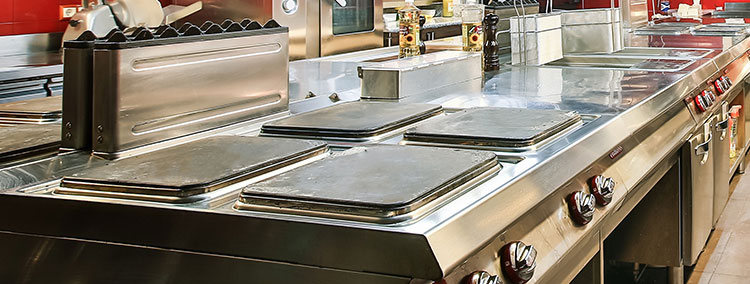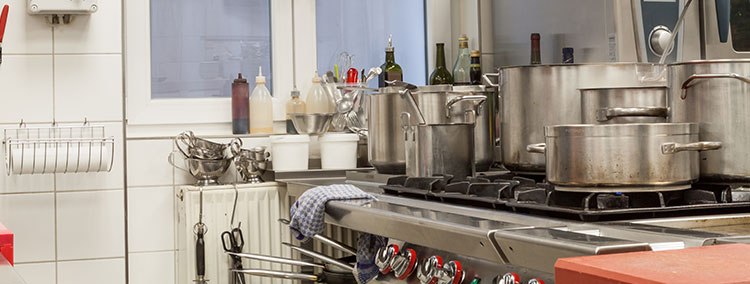Since dishwashers have been around for a long time, you might think you know everything about them, but this isn’t the case. According to appliance repair professionals, there are plenty of things you can do to your appliance to get the most from them. These things include:
Use the dishwasher to clean more dishes
You need to change how you think about your dishwasher to get more out of it. If you only use it to load dishes, you only use a small part of what it can do.
Your dishwasher can clean many things around the house, like makeup, plastic hair, nail clippers, razors, toothbrush holders, and soap dishes.
You can also use it to clean fake plants, flowers, and plastic toys for kids. With a quick cycle, it’s easy to clean dog leashes, plastic pet toys, and tools from the garage that are dirty or greasy.
The dishwasher can also clean many things in your closet, like baseball caps, flip-flops, and rubber rain boots.
Many things in your kitchen, like sponges and silicone oven mitts, could use a good cleaning. Even the plate from your microwave and the knobs from your stove can go in the dishwasher.
As you clean the various items, remember that whatever you put in the dishwasher will get wet and that whatever you put on the bottom rack will be closer to the heating element.
If you’re worried about fragile items, you can choose to run your dishwasher without soap or heated drying.
If you have small or light things like Legos or pacifiers that could fly away when hit by the water jets, put them in a mesh bag from your laundry room.
Understand the chemical reactions going on inside the dishwasher
Chemical reactions are happening in your dishwasher; if you understand how they work, you can get more out of them.
One reason is that modern detergent is made to react with food. Because of this, you shouldn’t rinse the plates before putting them in the dishwasher. Instead, you should leave the food on the plates.
When you put stainless steel and silver-plated flatware in the same bag, a chemical reaction can happen. Silver ions can leave pits and marks on your silver when they react with detergent and moisture. Even when washing silver by itself, use a detergent, rinse aid that doesn’t contain acid or phosphates, and a low heat setting.
Do you want your dishes to be clean and shiny? You can go with rinse aids, which speed up evaporation by changing the surface tension of water droplets. There are fewer spots and lines on the glass when there is less water.
Plastic takes longer to dry than glass, even with rinse aid, because it repels water. If you want a natural alternative to rinse aid, you might want to know what vinegar can do.
It can help dry dishes better and get rid of hard water spots. You need to pour a little in before you turn on the machine, fill the rinse aid compartment with it, or put a bowl of vinegar on the top rack.
You can also roll some aluminum foil into a ball and put it on the top rack of your dishwasher. It will cause an oxidizing reaction, letting your glasses and silverware dry to a sparkling shine.
Unload the dishes on autopilot.
Dishwashers make it easier to wash dishes, but every time you need to empty them, you have to jump through hoops.
Did you know you can set up your dishwasher to empty itself? The beauty of doing this is that you don’t have to think about it.
Start by emptying the section for flatware, then the bottom shelf, and finally, the top shelf. If you empty the top rack first, drips might fall on the dishes below, which is not good.
Dishwasher repair Alexandria advises that you make room above the dishwasher on the counter. You should spread out a dish towel and then spread the dishes there in piles that go together
With this method, you don’t have to move around your kitchen as much, and any dishes that are still wet can dry.

